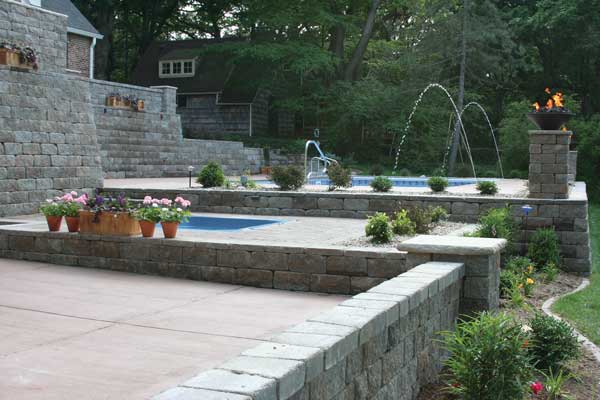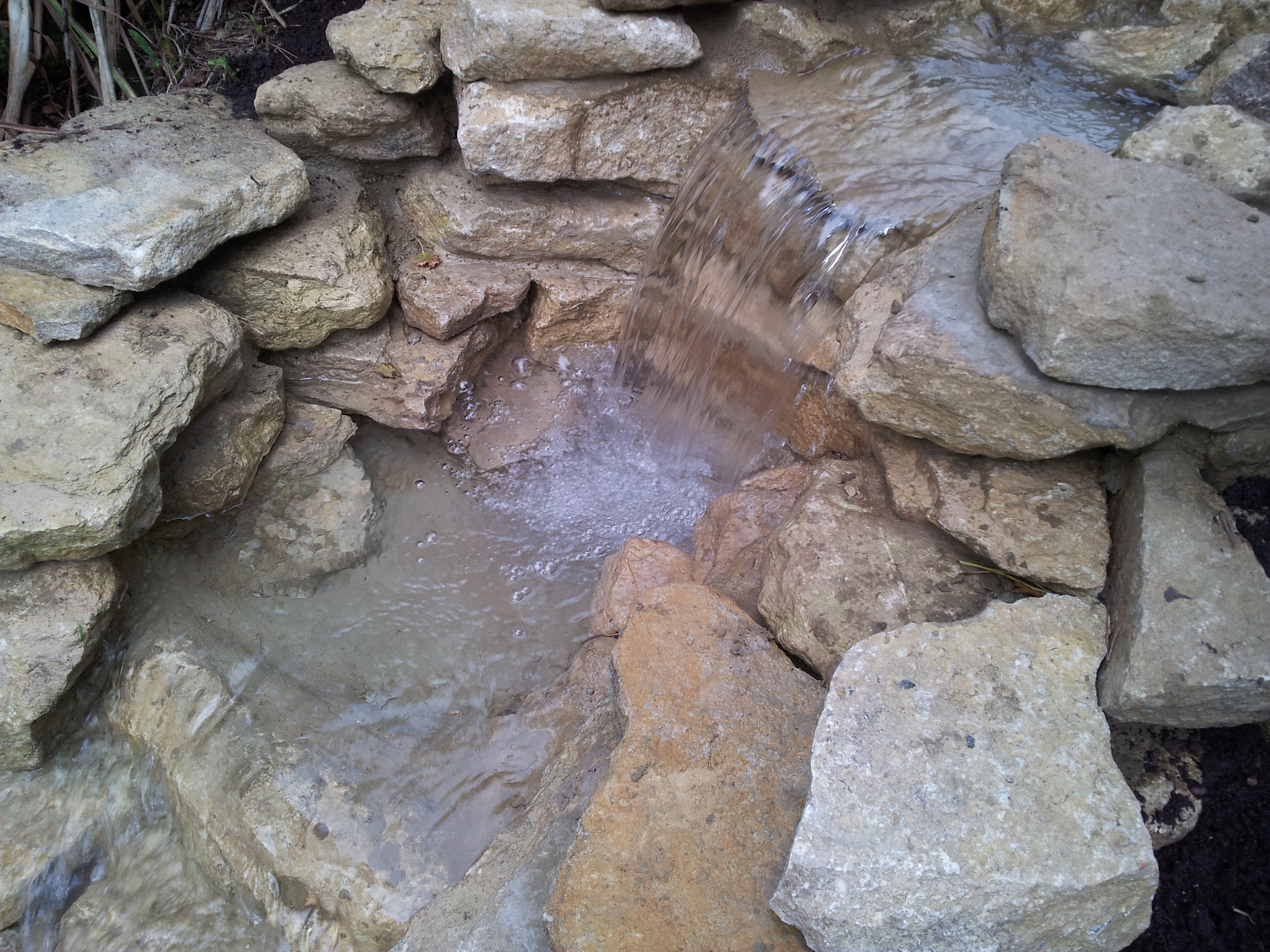
Thinking about adding a pool to your home? If so, a retaining wall could be your best friend. This structure not only enhances the pool's appearance but also prevents water from rushing down a slope. Let's look at how you can make the right choice for your home!
A pool retaining wall is a valuable addition to any sloped backyard. It stops soil from sliding down and ruining your pool area. However, proper planning is crucial. The right materials are essential; otherwise, you might end up with a wall that doesn't function well.
Typically, a retaining wall is constructed vertically with a compacted top layer for a solid foundation. Adding a gravel layer ensures it remains dry. You can even enhance the wall with a deck or a water feature, welcoming a professional landscaping company for the job.
Before starting, check your property's plat to determine if a retaining wall is necessary for slopes over two feet. Also, ensure you have the required permits.
For those considering DIY projects, a concrete block wall is an enduring choice. With added stone finishes, you achieve a stunning look. Natural boulders also offer remarkable stability and drainage, ensuring they are securely fitted to the slope.
Retaining walls don't just keep debris from your pool; they also protect your investment and enhance your yard's aesthetic. Best of all, they are budget-friendly, with costs varying by masonry type.
Want to transform your pool into a luxurious retreat? Consider an infinity edge. Though pricier, the value it adds to your home and its stunning appearance make it worthwhile.
Infinity pools, made from materials like concrete, tile, or fiberglass, might cost anywhere from $55,000 to $150,000. This investment covers excavation, installation, and landscaping. Be mindful that while concrete takes longer to cure, fiberglass pools are a popular choice.
The standout feature is the infinity edge, creating a sleek visual effect as water seemingly flows endlessly. On sloped yards, this design becomes more challenging but incredibly rewarding when executed by a professional.
Incorporate landscaping to blend your pool seamlessly with its surroundings. If on a tighter budget, simply build a high wall around your pool's edge for a similar effect. Alternatively, consider constructing a retaining wall for the infinity pool. This option ranges from $1,200 to $13,000.
Remember to account for extra material ordering time, as recent price increases of 5% to 10% have affected delivery times nationwide.
In sloped yards, integrating a retaining wall into your landscape plan can be beneficial for maximizing usable space and boosting home value. It controls erosion and enhances visual appeal when built from materials like concrete, brick, wood, or pavers. Personalize your wall with flower designs or plant decorations, topped with stucco or metal.
Fascinatingly, you can pair a retaining wall with a waterfall. Set up a cascade feature where water gracefully falls into a basin, combining beauty with functionality.
Two-tier walls are perfect for creating level patio spaces, and curved walls offer varied options ranging from two to four tiers. Retaining walls also serve as walkways, seating areas, or support for small fountains.
Adding water features requires extra pumps for operation, often incorporated into retaining wall designs. Homeowners often use retaining walls to create decks or add privacy by acting as fences.
If you're planning a project like this, managing surface water is crucial to prevent landslides. According to the [prevention and remediation of landslides](https://www.kgs.ku.edu/Publications/pic13/pic13_5.html), well-engineered structures with tiebacks and buttress beams are essential for stability and erosion control.
Incorporate natural design elements, enhancing your landscape while maintaining beauty and functionality.

An above-ground pool in a sloped backyard may benefit from a retaining wall to enhance drainage and aesthetics. Choose designs that cater to your specific needs, from additional seating to water features.
Position your retaining wall at the proper height for functional effectiveness. Prices vary, especially for walls made from concrete blocks, which demand secure mortar placement with cap stones.
Other options like stacked stone or quick-building natural boulders offer a unique flair. Tailor your project with features like planters, benches, or landscaping fabric to match your vision and budget. Understanding the [Top 5 Greenest Buildings in the World](https://www.architectureadrenaline.com/top-5-greenest-buildings-in-the-world/) can inspire eco-friendly building techniques for your outdoor space.
Before starting, get a property survey to guide your retaining wall placement. A well-planned wall can perfectly round off your pool construction with elegance and functionality.
